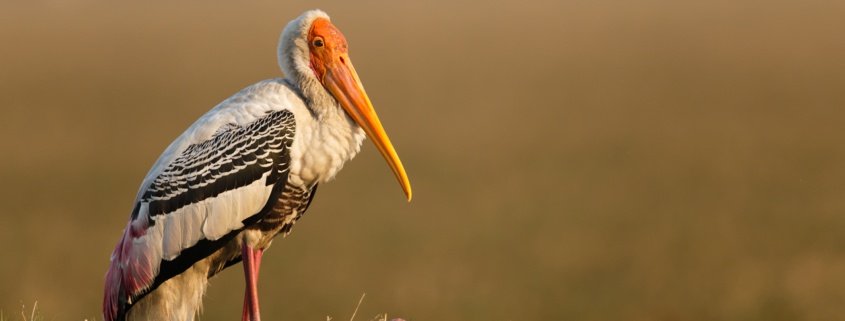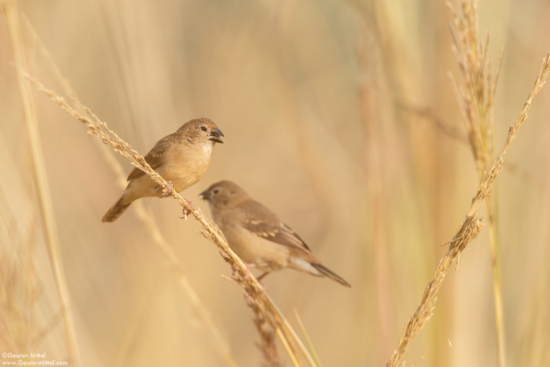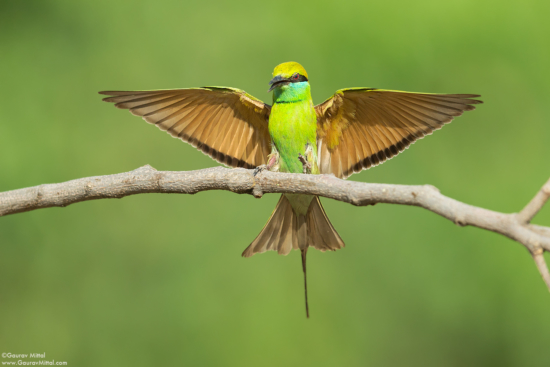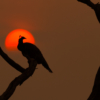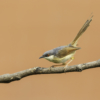Essential Bird Photography Gear for Every Occasion
Just as a successful recipe requires all of the right ingredients to come together, the same is true in bird photography. In order to come away with great bird images, you must be armed with the right tools when you’re out in the field. Simply having a long prime lens and a pro-level DSLR doesn’t guarantee great images.
Here are few things that every bird photographer should carry to capture stunning photos.
Lightweight Tripod
A sturdy, lightweight tripod is the most important tool for a bird/wildlife photographer. When shooting wildlife with long (and heavy) prime lenses such as the 600mm lens, a tripod is a must for providing stability and support. The emphasis here should be on identifying a lightweight tripod – wildlife photography equipment is heavy and every lightweight tool in your kit helps to eliminate excess weight. Today’s market has a host of companies such as Gitzo, Benro, and RRS that produce lightweight carbon fiber tripods. Though expensive, it’s worth the investment.
Good Quality Gimbal
Because tripod heads used for bird photography are significantly different from those used for other types of photography, it’s essential to identify the correct tripod head. A tripod head is the part to which the lens is attached. For large and heavy lenses, choosing the wrong type of ballhead can result in unstable equipment and restrictive lens movement when panning or tracking birds. One of the most popular types of tripod heads for mounting large lenses is the gimbal head made by Wimberley. It allows for an unrestricted movement when panning or a seesaw type movement for erratic birds. When mounted properly on a gimbal head, a long lens and camera body setup becomes almost weightless.
Teleconverter (Extender)
Never leave home without these. Extenders, commonly known as teleconverters, increase the focal length of a lens. They are a great alternative to investing in an expensive super-telephoto lens. Canon teleconverters are available as 1.4X and 2X; and Nikon teleconverters are available as 1.4X, 1.7X, and 2X. The numbers represent the magnification factor once attached to a lens. For example, a 1.4X (when attached to a 600mm lens) gives an effective focal length of 840mm. Teleconverters are very handy when you’re unable to get close to the subject.
Extension Tubes
This tool may come as a surprise, but it’s one that should be in your camera bag at all times. Extension tubes allow a lens to focus closer than its original setting. They’re commonly associated with macro photography. For bird photography, an extension tube can be very useful – when connected between the camera and the extender attached to the lens, a 12mm or 20mm extension tube can help when just a few extra millimeters are needed to achieve the right frame.
Remote Release
The release cable allows you to remotely trigger the camera without touching it. This may be the last tool a bird photographer would ever consider needing because, with birds, you are dealing with erratically-moving subjects which require panning to track. A release cable is useful when you are shooting small birds that consistently land on a fixed perch. It is extremely challenging to track and lock your focus on small birds when they are in flight. I often acquire pre-focus on the fixed spot and, with an attached cable release, fire away when the timing is right.
Beanbag
If you think a good tripod and a gimbal head are all you need for your camera setup… think again. When you’re shooting from inside your car or getting down on the ground to be at eye level to your subject, a tripod is fairly impractical. A useful tool for these type of scenarios is a U-shaped beanbag. Many times, getting out of your car isn’t advisable because getting closer may stress the birds; a beanbag can be used from the window to steady your long lenses. An apex U-shaped beanbag can also be turned over and used on the ground to rest the lens for eye-level shots.
Photography Filters
Because bird photography is getting extremely competitive, creativity is the key to making unique and pleasing images. Although filters have always been key tools in all forms of photography, they are often overlooked in bird photography. The front element of large prime lenses are so big that it seems impractical to attach a filter to them. This is why these prime lenses, such as those made by Canon, have a backend slot for a 52mm drop-in circular polarizer or a ND filter. These filters are extremely useful when shooting during the day and slow shutter speeds are needed for making images that have a creative blur effect.
Sensor Scope
A sensor scope is a handy tool to have, especially when shooting in dusty conditions. This scope has a high magnification power and is fitted with LED lights which allow you to safely examine your DSLR’s sensor for dirt and spots. Some prior knowledge of sensor cleaning is required in order to use this device.
Rain Cover for Camera & Lenses
Even for beginners, bird photography is an expensive hobby. Needless to say, protecting equipment when shooting in rugged, cold, dusty, or wet conditions is of prime importance. Protecting your lens with a good quality rain cover (such as those made by Optech and LensCoat) provides you with good shooting opportunities in extreme conditions.
Camera Bag
While the market today is flooded with a variety of carrying cases for differing needs, I prefer backpacks that are light, sturdy, and able to hold a range of long lenses, DSLRs, and all of the required accessories. Shimoda Design, Gura Gear and Think Tank are few of the many brands that produce high quality bags. Remember, the key is to remain light in the field.
Having these 10 essential tools for bird photography will prepare you to capture stunning bird photos no matter what mother nature has in store for you. Is there any other piece of photography gear that you find useful to carry? Feel free to share your thoughts in the comments below.

